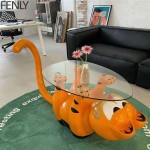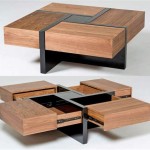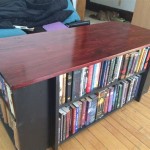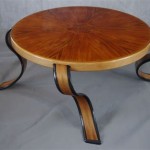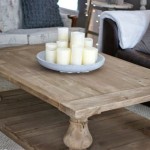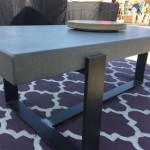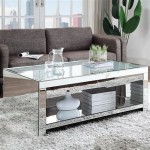Do You Need a Coffee Table in the Living Room?
The coffee table often serves as the centerpiece of the living room, a focal point that anchors the seating area and provides a surface for everyday items. However, with evolving design trends and diverse lifestyle needs, the question of its necessity arises. This article explores the function and benefits of a coffee table, as well as alternatives for those who prefer a different approach to living room design.
A coffee table's primary function is practicality. It offers a convenient surface for placing drinks, snacks, remote controls, books, and other items frequently used in the living room. This prevents clutter and keeps essentials within easy reach. It also serves as a platform for decorative elements, like vases, candles, or small sculptures, adding personality and style to the space.
Beyond functionality, a coffee table contributes significantly to the overall aesthetic of a living room. It helps define the seating area, creating a visual anchor that brings the furniture arrangement together. The size, shape, and material of the coffee table can complement the existing décor, enhancing the room's style and ambiance.
Coffee tables are available in a vast range of styles, materials, and sizes, offering homeowners ample choices to suit their individual preferences and needs. Materials range from wood and metal to glass and acrylic, each contributing a unique aesthetic. Shapes vary from traditional rectangular and square designs to round, oval, and more unconventional forms. This diversity allows for seamless integration into various design schemes, from classic to contemporary.
Size is another crucial consideration. A coffee table should be proportionate to the size of the living room and the surrounding furniture. A large coffee table in a small room can overwhelm the space, while a small one in a large room might appear insignificant. The ideal height is typically level with or slightly lower than the seating. Careful consideration of these factors ensures a balanced and harmonious aesthetic.
While coffee tables offer numerous advantages, they are not strictly essential for every living room. Several factors might influence the decision to forgo a coffee table, including limited space, lifestyle choices, or personal preference. In smaller living rooms, a coffee table can restrict movement and make the space feel cramped. Families with young children might prefer open floor space for play, while minimalist design aesthetics might prioritize a clean, uncluttered look without a central table.
For those who choose not to include a coffee table, several alternatives can provide similar functionality and visual appeal. Ottomans can serve as versatile substitutes, offering a soft surface for resting feet and often incorporating hidden storage. A cluster of smaller side tables can provide flexible surfaces that can be easily moved and rearranged as needed. Large floor cushions offer casual seating and can double as a surface for placing trays with drinks and snacks.
Another alternative is a nesting table set. These tables consist of multiple tables of varying sizes that can be tucked away under each other when not in use, saving space. They can be separated and used individually as needed, providing versatile surface areas around the room. This adaptability makes them a practical choice for smaller living rooms or those who frequently entertain guests.
A large area rug can also define the seating area in the absence of a coffee table, grounding the furniture and creating a visual anchor. This is particularly effective in open-plan living spaces where distinct zones are needed. The rug's texture and pattern can add warmth and visual interest to the room, compensating for the absence of a coffee table.
Ultimately, the decision of whether or not to include a coffee table depends on individual needs and preferences. Careful consideration of the room's size, function, and overall design aesthetic will help determine the best approach. Evaluating lifestyle factors, such as the presence of children or pets, will also inform this choice. By carefully weighing these factors, individuals can create a living room that is both functional and aesthetically pleasing, with or without a traditional coffee table.
Considering the versatility and adaptability of alternative solutions, it becomes clear that a coffee table is not a mandatory piece of furniture. Rather, it is a design choice that can enhance a living room when appropriate but can be effectively replaced with other options that better suit specific needs and preferences. The key is to create a space that is both functional and visually appealing, reflecting the individual's style and lifestyle.
In evaluating various alternatives and considering the diverse needs of individuals and families, it is evident that a personalized approach to living room design is crucial. The absence of a coffee table doesn't signify an incomplete living room but rather presents an opportunity for innovative and adaptable design solutions tailored to specific requirements.
:strip_icc()/cdn.cliqueinc.com__cache__posts__268833__how-to-choose-a-coffee-table-268833-1538077811019-image.700x0c-7a56fb07e0084a48b51032071b7fa87b.jpg?strip=all)
Don T Make This Living Room Coffee Table Mistake

How To Choose A Coffee Table Or Ottoman Plus 15 Favorites
Four Tips For Choosing The Right Coffee Table Post

How To Pick A Coffee Table 105 Picks For Every Space
:strip_icc()/cdn.cliqueinc.com__cache__posts__268833__how-to-choose-a-coffee-table-268833-1538077809297-image.700x0c-cf16f5357a2f470e871eb7f42afaf013.jpg?strip=all)
Don T Make This Living Room Coffee Table Mistake

Ottomans And Coffee Table A Complete Guide Roomhints

How To Choose A Coffee Table Or Ottoman Plus 15 Favorites
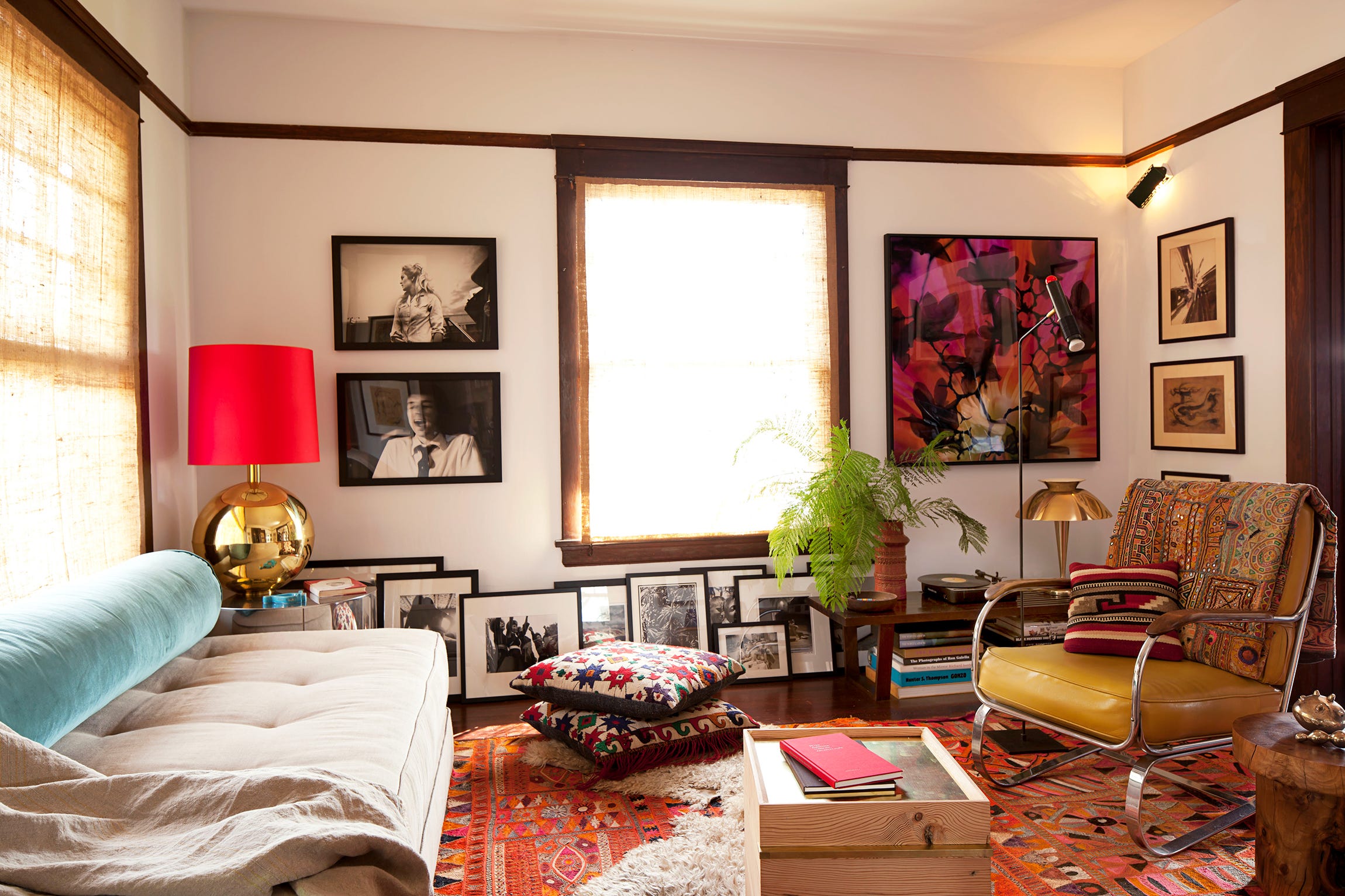
19 Creative Coffee Table Alternatives Designers Love

41 Best Coffee Table Decor Ideas How To Decorate A
:strip_icc()/cdn.cliqueinc.com__cache__posts__268833__how-to-choose-a-coffee-table-268833-1538077812941-image.700x0c-2d7e3eba58fa49d096256032f2f6381a.jpg?strip=all)
Don T Make This Living Room Coffee Table Mistake
Related Posts

